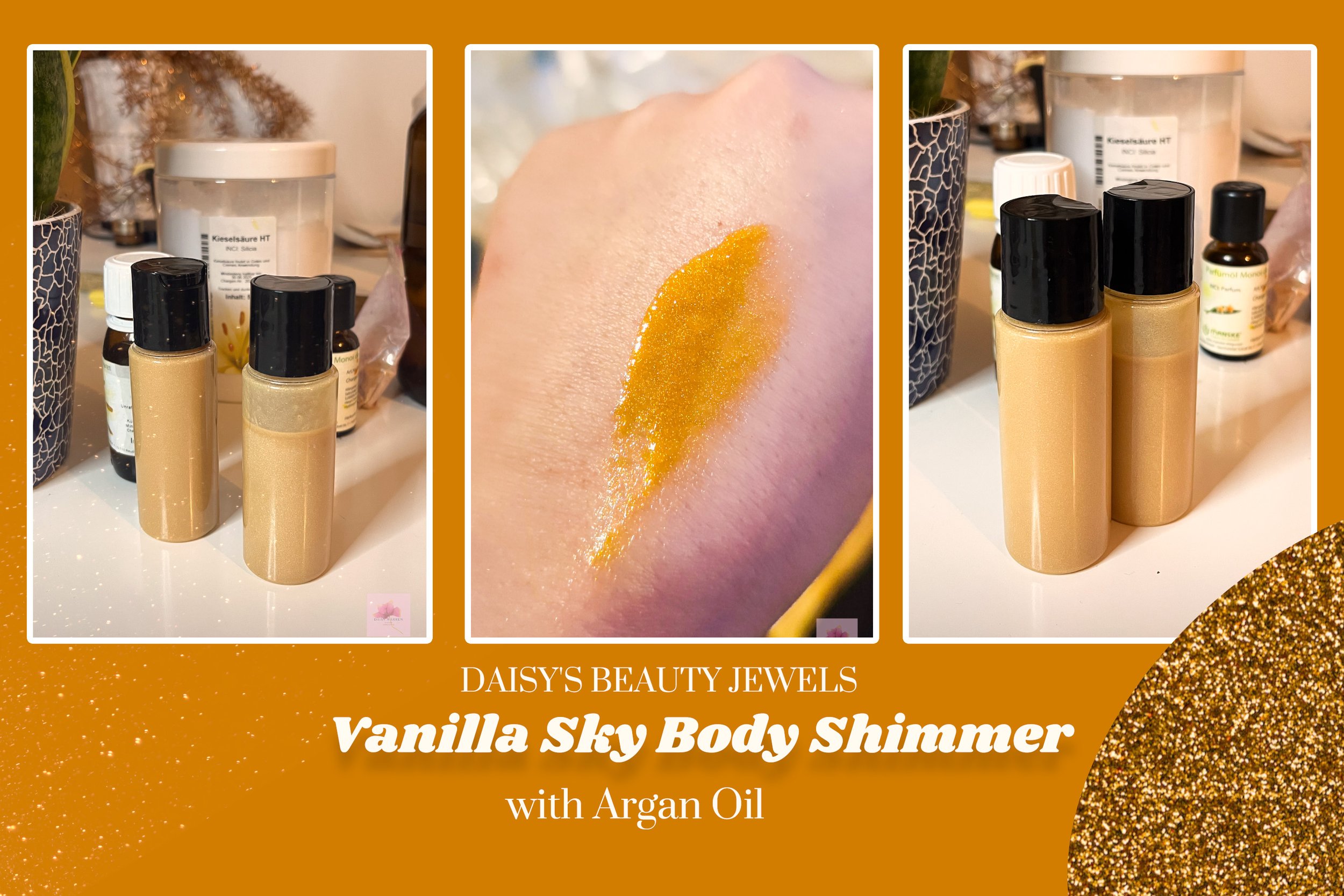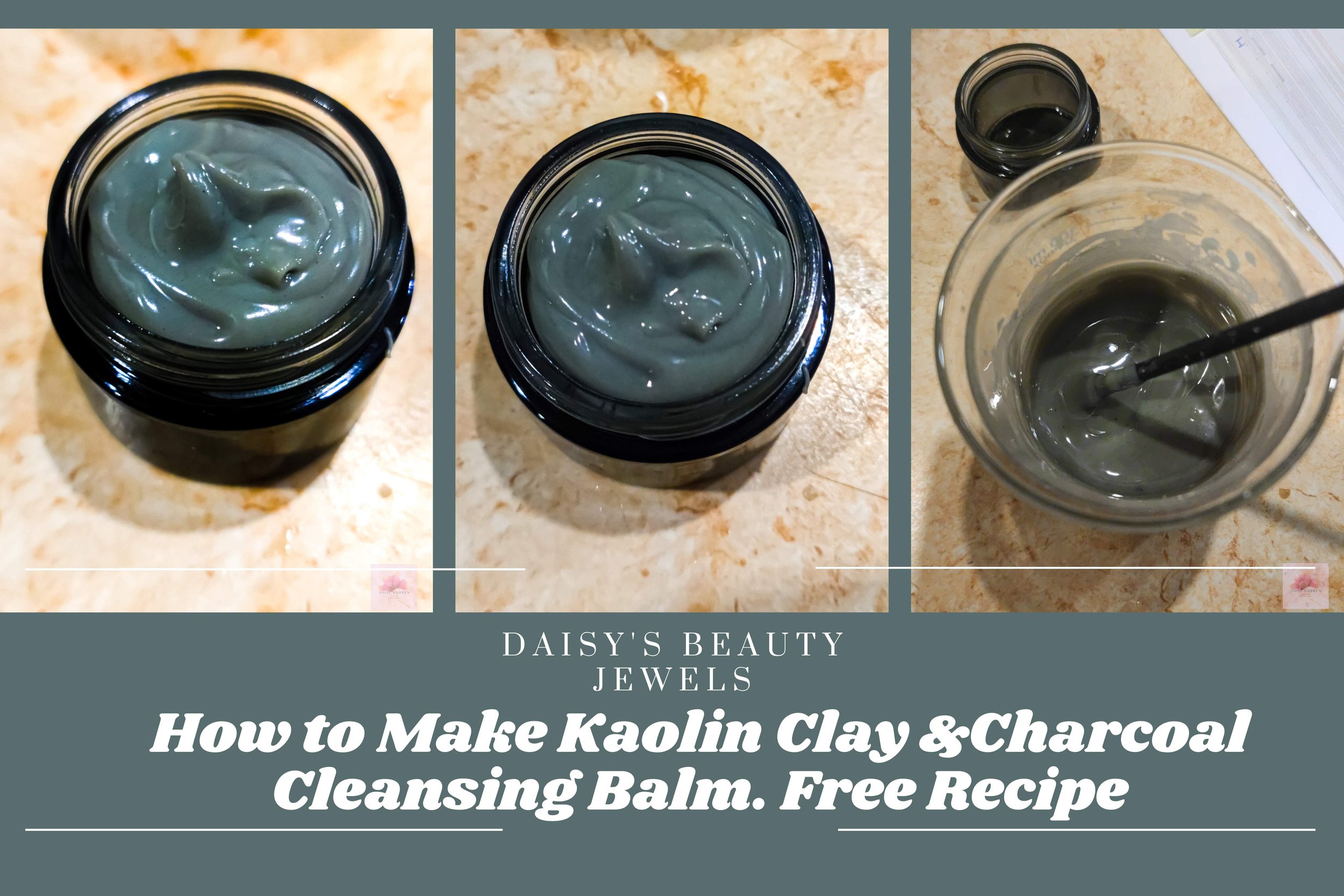how to make deodorant sticks with kokum butter
I cannot wait to share this wonderful, silky deodorant stick formulation with you.
To be honest with you, it took me a while to develop this formula. I spent hours and hours researching this topic, looking at the products available on the market and what their ingredients were, what complaints the customers had, etc etc etc. I've created a few prototype formulas and I think this one is actually very good.
NOTE: this is not a beginner formula, you need quite a lot of ingredients to make this product work. There are some substitutions you can make but certain ingredients are crucial for the deodorant to work properly.
Benefits of my deodorant stick formulations:
☝️do not contain baking soda, which could be irritating to some people
☝️ glide on the skin smoothly
☝️do not leave an oily residue
☝️mask odor pretty well
But before we start digging deeper into the formulation process, let's quickly discuss the difference between antiperspirant and deodorant.
# Antiperspirant vs Deodorant: What's the Difference?
If you want to keep your underarms fresh and dry, you might wonder whether you should use a deodorant or an antiperspirant. While both products can help you control body odor, they have different functions and ingredients. Here are some key differences between antiperspirants and deodorants, and how to choose the best one for you.
## Deodorant: Masking Odor
Deodorants are designed to eliminate or cover up the unpleasant smell that comes from sweating. They do not prevent you from sweating, but they make your skin less attractive to bacteria that cause odor. Deodorants often contain perfumes or fragrances to mask the odor. Deodorants are considered cosmetics by the FDA, which means they do not need premarket approval, but they have to be safe and effective.
## Antiperspirant: Reducing Sweat
Antiperspirants are designed to reduce or block sweat production in your sweat glands. They do this by using aluminum-based compounds that form a temporary plug in your pores, preventing sweat from reaching the surface of your skin. Antiperspirants can also help reduce odor, but this is not their main purpose. Antiperspirants are considered drugs by the FDA, which means they need premarket approval and have to meet certain standards of safety and efficacy.
Now that we know the difference between a deodorant and an antiperspirant, we can take a closer look at the deodorant formulating process.
I would roughly categorize deodorant stick ingredients as the following:
CATEGORIES
1. Thickeners, emulsifying waxes, and waxes: they thicken, stabilize, and add texture and body to solid deodorants.
Goal: Choose thickeners with a high melting point and a nice, silky, light skin feel.
2. Lipids (oils, butters, silicones, esters, and other emollients)
Goal: choose light, fast-absorbing lipids with an almost powdery finish to them.
3. Odor masking, bacteria growth preventing ingredients (ZINC RICINOLEATE, Triethyl Citrate)
Goal: - Choose a highly active ingredient to make sure your deodorant works as well as it can, or use a combination of ingredients.
4. Powders (clays, starches, modified starches, zink oxide, Diatomaceous earth, silica, etc.) are used in the deodorant to absorb moisture and sweat and keep armpits dry.
Goal: Don't add too many powders to your deodorant; start with a small percentage and work your way up.
5. Fragrance and Essential oils help mask body odor. Most people prefer fresh, clean scents in their deodorants, but in theory, choose what works for you.
⚠️⚠️IMPORTANT: please check out the IFRA statement for your fragrance and essential oils. You should be able to download an IFRA statement for your fragrance oils from your supplier.
Check out CATEGORY 2 (Deodorant and Antiperspirant Products of all types (spray, stick, roll-on, Underarm, Body, etc.))
For example, take a look at Nature’s Garden IFRA statement for Clove essential oil, and see how the usage rates vary depending on the category.
You can use all kinds of tubes or even tins for packaging this deodorant. (affiliate links)
You can find many ingredients on Amazon or your online suppliers (affiliate links)
Deodorant stick with kokum butter
INSTRUCTIONS:
Weigh the A phase, heat it to 85 °C, and hold it there for about 15 minutes to make sure everything is melted.
Add your powders (the b phase) and stir until your deodorant mixture reaches a light trace.
Once your mixture reaches 70 C, add your C phase, stir to incorporate all the ingredients evenly, and pour into deodorant tubes or tins.
Let them sit for about 24–48 hours before packaging, labeling, or shipping.
Substitutions:
Coco-Caprylate, Isoamyl laurate - Caprylic-capric Triglicerides, Isoamyl Laurate, Isopropyl Myristate, or a light emollient/ester of your choice.
Cetyl alcohol - Behenyl Alcohol
Tapioca Starch - Cornstarch
Dermofeel Viscolid - Cera Bellina
Kokum Butter - Cocoa Butter, Ucuuba Butter
If you don’t have Triethyl CItrate then don’t substitute it with anything, simply add more emollient or ester like Isomayl Laurate.
Zink Ricinoleate is the key ingredient
If you have more questions about this formula, please let me know in the comments down below.
If you want to take your formulation game to the next level, consider purchasing a Formulation Journal or Ingredient Research Journal to keep your formulating notes and formulas organized. You can check them out here (A4 size, color interior, more than 200 pages)
6x9 Formulation Journals, black&white interior pages., 240 pages
Use my Airtable Base developed specifically for formulators and small business owners to keep track of all your formulas, ingredients, expenses, batch tracking, costs, etc.
DISCLAIMER: Daisy’s Beauty Jewels blog is reader-supported. When you buy products through Amazon links in my blog I may earn a small affiliate commission
This website participates in the Amazon affiliate program; as an Amazon Associate, I earn from qualifying purchases.
CHECK OUT MY INSTAGRAM



















































































































